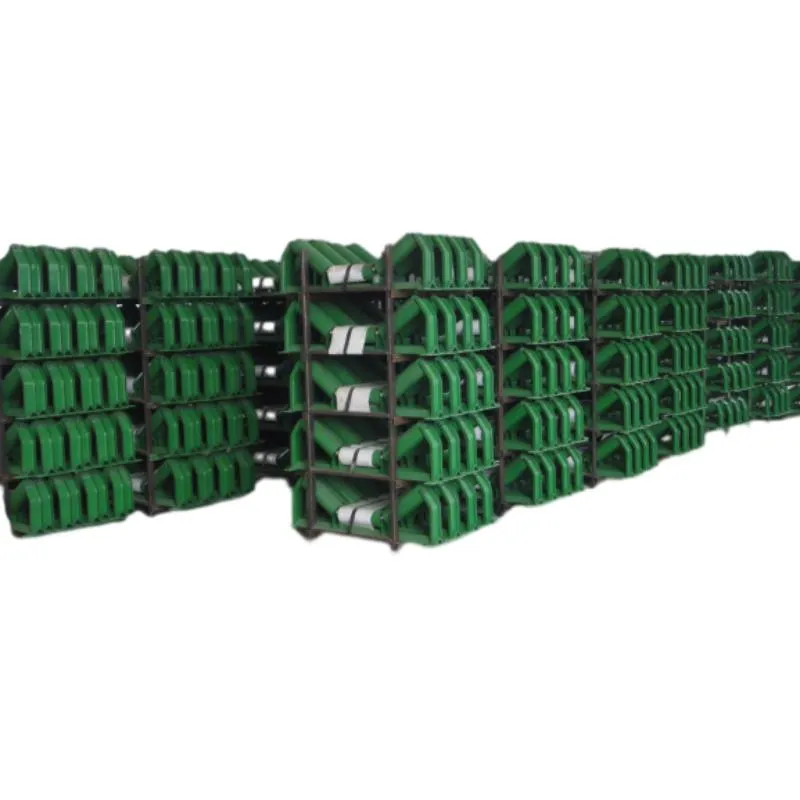 Afrikaans
Afrikaans  Albanian
Albanian  Amharic
Amharic  Arabic
Arabic  Armenian
Armenian  Azerbaijani
Azerbaijani  Basque
Basque  Belarusian
Belarusian  Bengali
Bengali  Bosnian
Bosnian  Bulgarian
Bulgarian  Catalan
Catalan  Cebuano
Cebuano  Corsican
Corsican  Croatian
Croatian  Czech
Czech  Danish
Danish  Dutch
Dutch  English
English  Esperanto
Esperanto  Estonian
Estonian  Finnish
Finnish  French
French  Frisian
Frisian  Galician
Galician  Georgian
Georgian  German
German  Greek
Greek  Gujarati
Gujarati  Haitian Creole
Haitian Creole  hausa
hausa  hawaiian
hawaiian  Hebrew
Hebrew  Hindi
Hindi  Miao
Miao  Hungarian
Hungarian  Icelandic
Icelandic  igbo
igbo  Indonesian
Indonesian  irish
irish  Italian
Italian  Japanese
Japanese  Javanese
Javanese  Kannada
Kannada  kazakh
kazakh  Khmer
Khmer  Rwandese
Rwandese  Korean
Korean  Kurdish
Kurdish  Kyrgyz
Kyrgyz  Lao
Lao  Latin
Latin  Latvian
Latvian  Lithuanian
Lithuanian  Luxembourgish
Luxembourgish  Macedonian
Macedonian  Malgashi
Malgashi  Malay
Malay  Malayalam
Malayalam  Maltese
Maltese  Maori
Maori  Marathi
Marathi  Mongolian
Mongolian  Myanmar
Myanmar  Nepali
Nepali  Norwegian
Norwegian  Norwegian
Norwegian  Occitan
Occitan  Pashto
Pashto  Persian
Persian  Polish
Polish  Portuguese
Portuguese  Punjabi
Punjabi  Romanian
Romanian  Russian
Russian  Samoan
Samoan  Scottish Gaelic
Scottish Gaelic  Serbian
Serbian  Sesotho
Sesotho  Shona
Shona  Sindhi
Sindhi  Sinhala
Sinhala  Slovak
Slovak  Slovenian
Slovenian  Somali
Somali  Spanish
Spanish  Sundanese
Sundanese  Swahili
Swahili  Swedish
Swedish  Tagalog
Tagalog  Tajik
Tajik  Tamil
Tamil  Tatar
Tatar  Telugu
Telugu  Thai
Thai  Turkish
Turkish  Turkmen
Turkmen  Ukrainian
Ukrainian  Urdu
Urdu  Uighur
Uighur  Uzbek
Uzbek  Vietnamese
Vietnamese  Welsh
Welsh  Bantu
Bantu  Yiddish
Yiddish  Yoruba
Yoruba  Zulu
Zulu Understanding the Mechanics of Belt and Pulley Drive Systems in Engineering Applications
Belt and Pulley Drive An Overview
Belt and pulley drives are vital mechanical systems widely used in various industries to transmit power and motion. This simple yet effective mechanism consists of belts that loop around pulleys, facilitating the transfer of energy from one rotating component to another. Understanding the fundamental principles and applications of belt and pulley drives is essential for engineers, designers, and technicians working in fields like manufacturing, automotive, and machinery development.
Basic Components
The primary components of a belt and pulley drive system include the pulley and the belt. The pulleys are circular discs with a groove along their periphery, designed to hold and guide the belt. There are typically two types of pulleys driver (or driving) pulleys, which are connected to the power source (like a motor), and driven pulleys, which transfer the motion to the load.
Belts come in various materials, including rubber, fabric, and synthetic composites, each chosen based on factors such as load capacity, speed, and environmental conditions. There are several types of belts, including flat belts, V-belts, and timing belts, each suited for specific applications.
How It Works
The operation of a belt and pulley drive system is relatively straightforward. When the driver pulley rotates, it generates friction against the belt, causing it to move. As the belt moves, it rotates the driven pulley, which can be connected to a machine or another component. The speed and torque transmitted through the belt can be adjusted by changing the size of the pulleys; a larger driven pulley will result in a slowdown in speed but an increase in torque, and vice versa.
One of the significant advantages of this system is its ability to provide speed reduction or incrementation through simple design variations
. Additionally, belt and pulley drives can handle misalignment better than gears, making them suitable for a variety of applications.Applications
Belt and pulley drives are employed in numerous applications across different industries. Common uses include
belt and pulley drive

1. Automobiles In cars, belt drives are often employed for driving components such as alternators, water pumps, and air conditioning compressors. The serpentine belt, which powers multiple devices, is a well-known application.
2. Industrial Machinery In factories, belt drives are used in conveyor systems, mixers, and various processing equipment. They facilitate the movement of goods and materials while providing the necessary power for operations.
3. Manufacturing CNC machines and lathes often rely on belt and pulley systems to ensure precise movement and control of tools.
4. Household Appliances Many household devices, such as washing machines and vacuum cleaners, utilize belt drives for motor function, demonstrating the technology's versatility.
Advantages and Disadvantages
Belt and pulley drives come with several advantages. They tend to be quieter compared to gear systems and are more forgiving in terms of alignment issues. They also require minimal maintenance and are relatively easy to install and replace.
However, they do have some drawbacks. The efficiency of belt drives can be affected by slippage, which occurs when the belt loses grip on the pulley. Moreover, belts have a limited lifespan and may require periodic replacement, especially in high-stress applications.
Conclusion
Belt and pulley drive systems represent a fundamental technology in power transmission. Their simplicity, efficiency, and versatility make them integral to modern machinery and automotive applications. As industries continue to innovate, improvements in materials and design will likely enhance the effectiveness of belt and pulley systems, ensuring their relevance in future engineering challenges. Understanding their operations and applications provides invaluable insights into effective mechanical design, making belt and pulley drives an essential topic for anyone in the engineering field.
-
Revolutionizing Conveyor Reliability with Advanced Rubber Lagging PulleysNewsJul.22,2025
-
Powering Precision and Durability with Expert Manufacturers of Conveyor ComponentsNewsJul.22,2025
-
Optimizing Conveyor Systems with Advanced Conveyor AccessoriesNewsJul.22,2025
-
Maximize Conveyor Efficiency with Quality Conveyor Idler PulleysNewsJul.22,2025
-
Future-Proof Your Conveyor System with High-Performance Polyurethane RollerNewsJul.22,2025
-
Driving Efficiency Forward with Quality Idlers and RollersNewsJul.22,2025





























